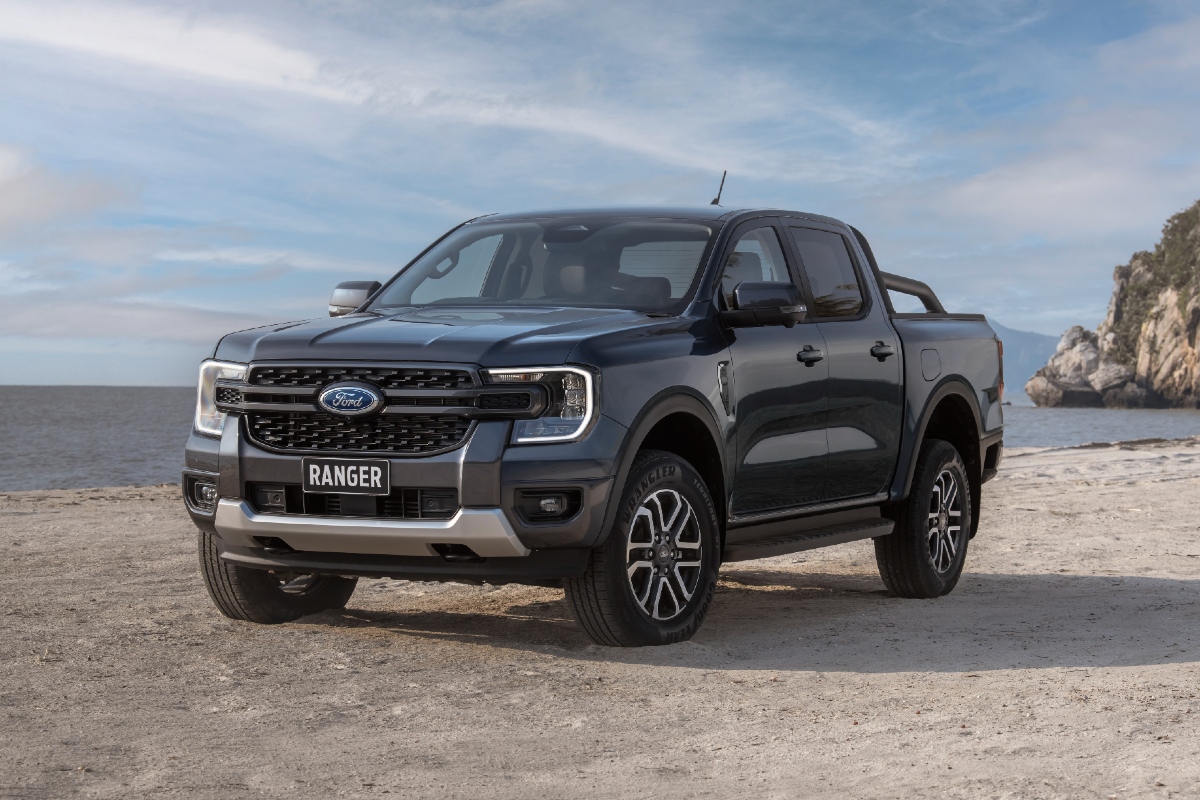Ford Australia earlier this week announced the 2026 Ranger and Everest will lose their 2.0-litre, four-cylinder bi-turbo diesel engines.
In doing so, the available diesels will be reduced to the existing single-turbo 3.0-litre V6, as well as a revised single-turbo 2.0-litre four-cylinder, set to replace the existing entry-level engine in the Ranger.
While the announcement didn’t explicitly state why the bi-turbo – long one of the most popular engines in the Ranger lineup and the most affordable option in the Everest – was being axed, Ford has since confirmed production of the engine is ending globally.
It appears the core 2.0-litre engine itself is set to face the axe, given the timing belt in the current diesel four-cylinder is set to be replaced by a timing chain, and gain a new to-be-detailed fuelling system.

The timing belt, commonly known as a wet belt system as it is lubricated by engine oil, has been a known long-term weakness in the 2.0-litre engine, explaining Ford’s move to a likely dearer but theoretically more reliable timing chain setup.
Ford’s move away from the option of a single- and bi-turbo setup in the Ranger comes at an important time in Australia, given that when the vehicles arrive in the first half of 2026, they’ll be subject to more stringent emissions penalties.
The New Vehicle Efficiency Standard (NVES) – which has been in place since January, though penalties only started to be applied on July 1 – sees carmakers fined $100 per every vehicle which is over certain emissions targets.
For ‘Type 2’ vehicles such as the Ranger and Everest, this means a target of 210g/km in 2025, 180g/km in 2026, 150g/km in 2027, 122g/km in 2028 and 110g/km in 2029.

In the outgoing bi-turbo Ranger, Ford quoted an official CO2 output of 182g/km to 189g/km, depending on vehicle spec. The single-turbo four-cylinder diesel currently emits between 181g/km and 195g/km, while the V6 turbo-diesel has an official figure of 222g/km.
A new fuel injection system on the upcoming timing chain-equipped single-turbo engine plus the move to a 10-speed automatic transmission from the current six-speed is expected to reduce its emissions, and potentially fuel consumption.
It’s not yet known whether the upgraded 2.0-litre turbo-diesel will feature increased outputs. Currently it produces 125kW and 405Nm, down on the bi-turbo’s 154kW and 500Nm figures, and a significant gap to the V6 diesel’s 184kW and 600Nm claims.

Currently the price difference between the four-cylinder bi-turbo and the single-turbo V6 diesel engines is about $5200 in the Ranger, and $8250 in the Everest. There are no Ranger variants currently available with a choice of the single-turbo four-cylinder diesel engine and the V6 diesel.
It’s expected the V6 will become more broadly available – as it’s not currently offered in the Ranger XL and XLS, or the Everest Ambiente and Trend – the single-turbo 2.0-litre will replace the bi-turbo in a number of grades to reduce the potential of a significant price increase.
The updated Ford Ranger is also expected to arrive in showrooms at roughly the same time as the new-generation Toyota HiLux, which will be the first major overhaul of the ute in 10 years.













Discussion about this post